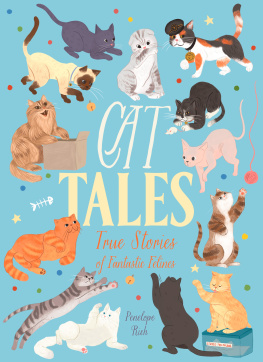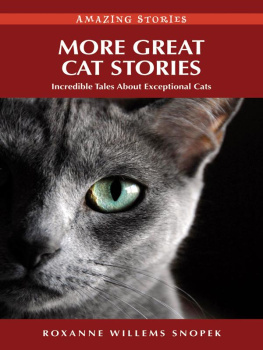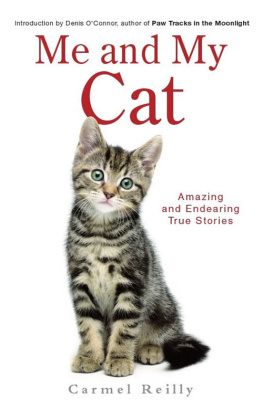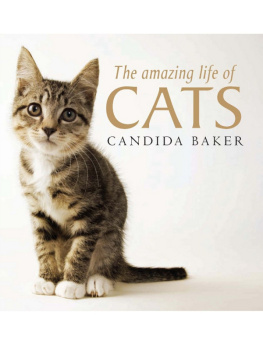Our Relationship with Cats

Cats are the most commonly kept pets in the world. The relationship between people and cats goes back thousands of years, and the more we uncover about our past, the more we see that cats have been living alongside us for longer than we ever knew.
In 2004, a team of French researchers in Cyprus found the remains of a person and a cat buried side by side dating back to more than 9,000 years ago. Cats are not popular in every culture, or with every person. Some people dislike or distrust them, but more of us love them and bring them into our homes and our families. We give them food, shelter, and care in exchange for companionship, affection, and entertainment. A recent study concluded that they actually love us as much as we love themwith the majority of the cats seeking human interaction over food or toys.
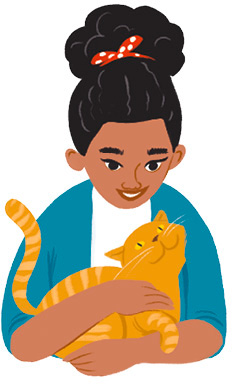
There are many cat breeds, all with distinctive looks and characteristics. Siamese are among the smartest, Ragdolls are the most docile, Maine Coons are great hunters, and Sphynxes have lots of playful energy but no fur! Even within each breed, individual cats have their own personality, but they all share common characteristics.
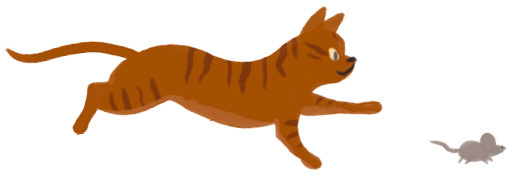
Take their senses, for example. A cats sense of smell is 14 times better than ours, and their sight is far superior. Their eye shape means they have panoramic vision and they can detect movement much faster. They have excellent night vision, too, and their hearing could be even better than a dogs. These superior senses are the other reason that people of the past took cats into their homesthey are excellent hunters and rid homes of mice, rats, lizards, and snakes. As homes today are more secure, we value their hunting skills less, but appreciate their companionship more.
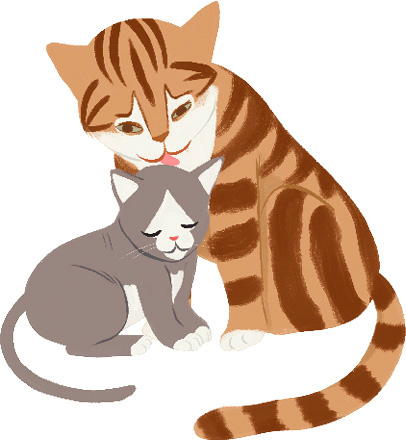
Many cats are vocal, and almost all of them purr. This purring noise is powerful. It soothes the cat, it soothes its kittens, and it reassures its humans. The combination of their purr, their soft fur, and the way they often seem to enjoy being stroked makes people feel happy, and thats why we love our cats.
Cats Throughout History
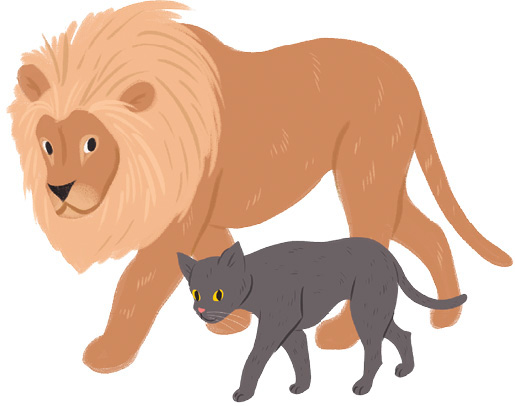
What is the difference between a pet cat and a lion? Very little, according to scientists who have studied the DNA in cats going back thousands of years.
Pet cats look exactly like miniature versions of their wild cousins, and they behave in very similar ways. Its hard to train a cat to do something it doesnt already do naturally, but luckily for them, the way small domestic cats like to live happens to fit very well with the way that humans live (and vice versa!). Unlike dogs, who were bred by humans to do specific things, such as hunt, race, protect us, or keep us company, cats seem to have come together with humans more for convenience.

It is likely that the ancestors of todays domestic cat came from both Asia and Africa, populating the Middle East and Egypt. We know much about the ancient Egyptians love of cats from the tombs and temples that are still standing today.

Our ancesters welcomed these small cats into and around their homes, because they kept them free of mice, rats, and snakes, and it suited the cats to stay for the free food, shelter, and affection. The Romans kept cats, too, as did other ancient civilizations.

As people started to travel on ships to trade, explore, or make war, they took cats with them to protect their food stores. Some cats would jump ship when they reached land, and so cats populated the world in the same way as humans did.
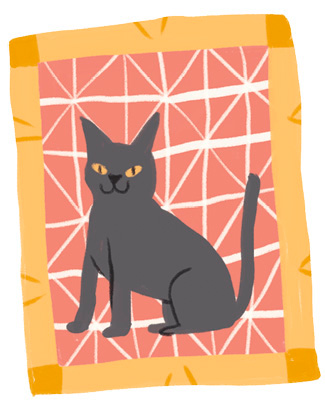
We might not have bred cats for specific jobs as we have done for dogs, but humans have selectively bred cats for their looks, which is how we have so many different kinds (or breeds) of cats. Todays cats make wonderful companions, but as cute as they are, they all still have a little wild cat inside.
Tai Miuwette
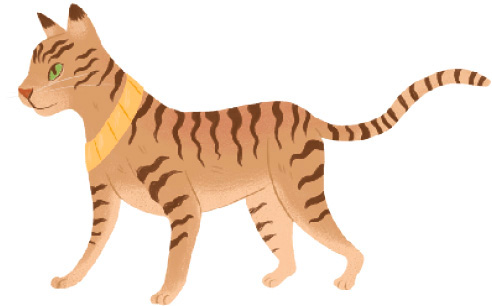
The cat held an exalted position in ancient Egypt. In the early dynasties, gods and goddesses were depicted in sculptures and hieroglyphs with lion or leopard heads, but in the later dynasties these changed to representations of the domestic cat. Thousands of mummified cats have been found, as well as statues, carvings, and cat cemeteries. Cat skeletons have been found in royal tombs, alongside milk containers and mice for them to take into the afterlife.
The most famous cat of the ancient Egyptians is the beloved pet of Prince Thutmose, brother of the pharaoh Akhenaten, who ruled Egypt more than 3,000 years ago. Sometimes called Tai Miuwette (Little Mewer), sometimes called Ta-Miaut (She Cat), we know how important she was to Thutmose because he had a lidded stone box, called a sarcophagus, made for her when she died. It is covered with intricate hieroglyphs that show her alongside the funeral gods. These were messages to the gods asking them to care for her in the afterlife.
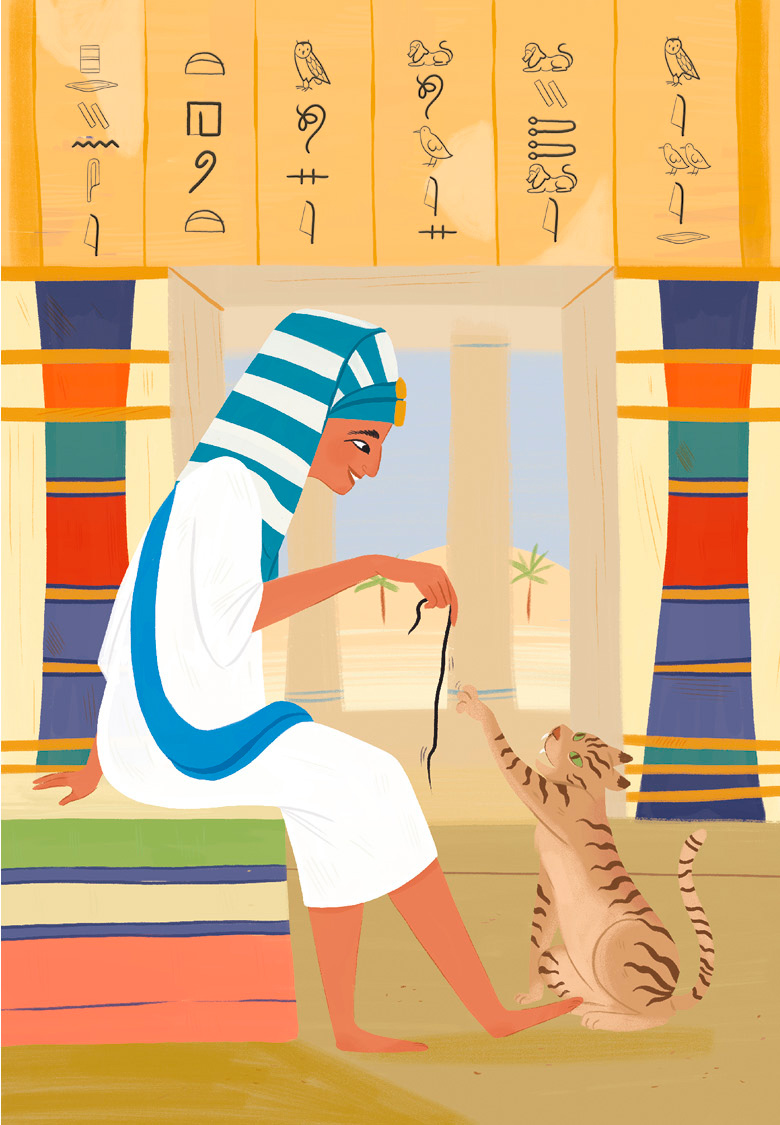
The reasons why cats were so revered by the ancient Egyptians are probably the same reasons why others have loved and cared for them throughout history. Cats protected the food stores from rats and mice, and killed dangerous snakes, but their usefulness is only half the story. Ancient cats surely shared the same attributes that make them such excellent pets today. They are elegant, amusing, and they keep themselves and their homes clean.
We know from ancient Egyptian paintings that cats looked a little more wild than todays cats. They looked more like servals, with short hair, long legs, and light markings, but, other than that, Tai Miuwette would have been as playful and affectionate as a modern cat, so a young Egyptian prince would have enjoyed her company.
Maneki-Neko
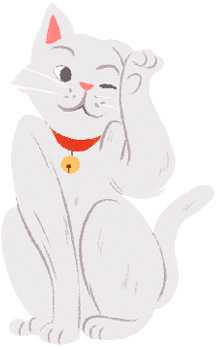
Maneki-Neko, the beckoning cat, is a common Japanese figure of a white cat with one paw raised and a gold coin around its neck. It welcomes visitors, customers, and guests in businesses and homes across Japan, and is a symbol of luck, fortune, and happiness. It is also a popular souvenir for tourists and may have been the inspiration behind the popular Hello Kitty character.

